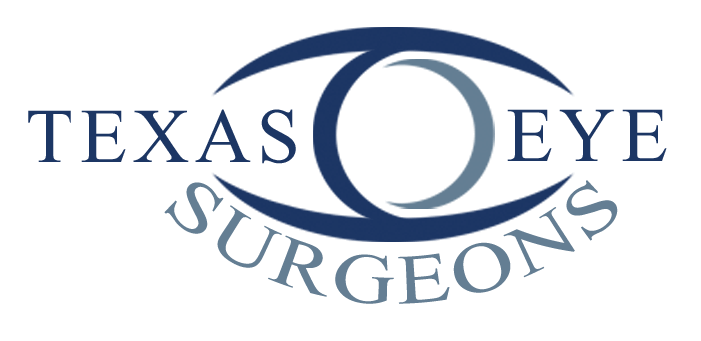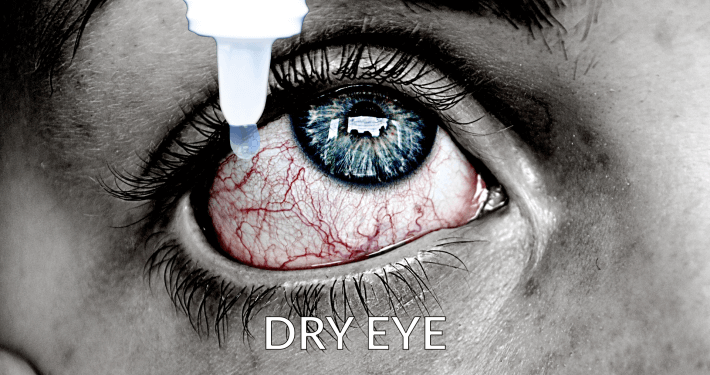Stye (Hordeolum) or Chalazion
Chalazion
A chalazion is a small, painless lump that develops in the eyelid when the meibomian glands, which are located in the eyelid, become blocked. Chalazions can be caused by a variety of factors, including inflammation, infection, and irritation of the eyelid. They can occur on the upper or lower eyelid and can cause a variety of symptoms, including redness, swelling, and discomfort or tenderness of the eyelid.
Treatment options for chalazions include:
- Warm compresses: Placing a warm, moist compress on the affected eyelid for 10-15 minutes several times a day can help to soften the blockage and promote drainage.
- Massage: Massaging the affected eyelid gently with a clean finger can also help to soften the blockage and promote drainage.
- Medications: Antibiotic ointments or oral antibiotics may be prescribed to treat an infection. Anti-inflammatory medications, such as corticosteroids, may also be prescribed to reduce inflammation.
- Surgery: If the chalazion does not respond to other treatment methods or if it is large, surgery may be necessary to remove the blockage. The surgery is usually performed as an outpatient procedure, and the patient can usually return to their normal activities within a few days.
It is important to see an eye doctor if you have symptoms of a chalazion, as early diagnosis and treatment can help to prevent complications and preserve vision.
stye
Stye
A stye (also known as a hordeolum) is a red, painful bump that develops on the eyelid when one of the glands at the base of the eyelashes becomes infected. Styes can be caused by a variety of factors, including poor hygiene, irritation of the eyelid, and hormonal changes. They can occur on the upper or lower eyelid and can cause a variety of symptoms, including redness, swelling, and discomfort or tenderness of the eyelid.
Treatment options for styes include:
- Warm compresses: Placing a warm, moist compress on the affected eyelid for 10-15 minutes several times a day can help to soften the blockage and promote drainage.
- Antibiotics: Antibiotic ointments or oral antibiotics may be prescribed to treat the infection.
- Surgery: If the stye does not respond to other treatment methods or if it is large, surgery may be necessary to remove the blockage. The surgery is usually performed as an outpatient procedure, and the patient can usually return to their normal activities within a few days.
Schedule an appointment with us if you have symptoms of a stye, as early diagnosis and treatment can help to prevent complications and preserve vision. Call (972) 379-3937 to schedule an appointment at Texas Eye Surgeons. We offer a personalized approach to help you achieve relief and to restore your quality of life.





